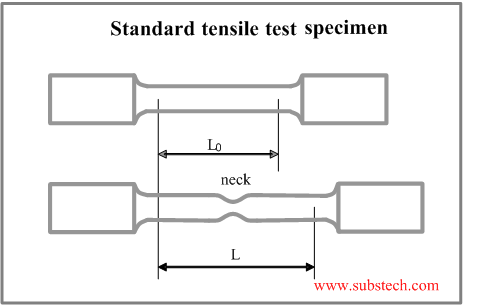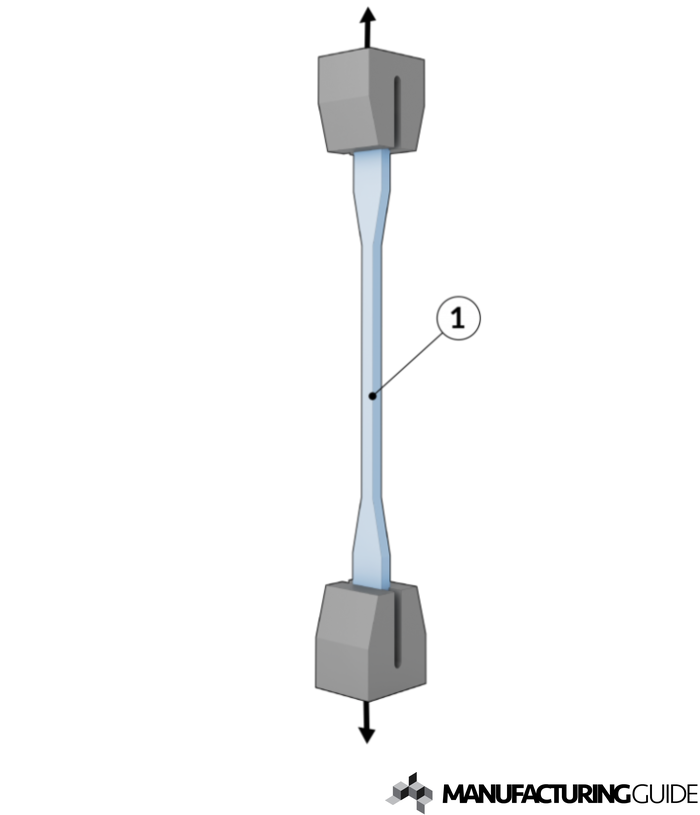Roads & PavementRoads & Pavement
Barefoot
Minimal
Low
Medium
High
Maximal
All around running shoes offer comfort and cushioning for daily runs, jogs, walks, and long mileage. They offer enough versatility for both faster and slower runs and are a great option for those who want one running shoe to do it all.
Fast run or uptempo running shoes are lightweight and responsive. They offer streamlined designs that have minimal uppers and offer a high level of energy return. These shoes are a great option for faster runs in the week or those looking for a livelier experience.
Max Cushion shoes offer premium cushioning with ample ground protection and a stable ride. These types of shoes provide abundant impact protection that softens landings while running at any pace or distance. These types of shoes are best for slower recovery runs and easy days where comfort takes priority.
Racing shoes are designed with optimal performance in mind. These types of shoes have snug-fitting uppers, energetic midsole foams, and features implemented for maximum efficiency. These types of shoes are best for runners looking to gain the ultimate advantage in races but may sacrifice some durability and comfort.
Gym Workout shoes offer a stable and versatile ride. They have a firmer underfoot feeling that provides stability for lateral movements with comfortable uppers. These types of shoes are best for trips to the gyms, cross training, casual wear, and light running. Necking the Ultimate Tensile Strength Plastometrex
Road running shoes feature smooth outsoles that are designed for running on paved surfaces such as roads, sidewalks, and bike paths.
Designed to handle most trail runs, these shoes prioritize comfort and a smooth ride. These shoes are great for anything from smooth singletrack, park trails, and fireroads making them ideal for those who run from their doorstep on streets before hitting the trail.
These shoes are best used for hard, rugged trails such as shale, granite or sandstone where grip on smooth surfaces and underfoot protection are important.
Designed for use in muddy, soggy conditions, these shoes feature very aggressive outsoles that dig deep into soft ground for exceptional traction.
These shoes feature technical outsoles designed to grip snowy and icy trails making them ideal for winter trail running.
Cushioning level, or stack height, refers to how much shoe is between your foot and the ground. For this category, we reference the amount of cushioning below the forefoot as the heel height will be equal to or greater than the forefoot height.
Tensile test and Stress Strain Diagram SubsTech
0-13mm. The Shoe generally does not have a midsole and feels like there is no cushioning. This shoe is all about feeling the ground underfoot.
14-18mm. The shoe has a thin midsole that allows for a natural running experience. Racing shoes and minimalist shoes are common here. These shoes offer a feeling of being connected to the road or trail.
19-23mm. The shoe has a slightly cushioned feel and may feature added cushioning technologies. Performance training shoes and some trail shoes are common here. These offer protection during footstrike but prioritize a lightweight, grounded experience.
24-28mm. These shoes have a stack height that fall near the middle of the spectrum.The shoes in this category are verstaile and great for all types of runs and distances.
29-34mm. The shoe has a thick midsole and ample cushioning. These shoes are highly protective and absorb more impact than the body.
35mm plus. The shoe has an extremely thick midsole and extra cushioning. The focus is on protection and soft foam underfoot with hardly any ground feel.
Neutral shoes support the foot through a normal range of arch collapse and generally do not have a built-in technology to correct movement.
Stability shoes are a great option for those who overpronate or need added support. These shoes help to limit the inward rolling motion of the ankle while running or walking and assist in guiding the foot straight through the gait cycle. Tensile structure Wikipedia
Product Details:
Essential Guide to Tensile Testing Strength Analysis hot sale, Tensile Testing AHSS Guidelines hot sale, Tensile testing Find suppliers processes material hot sale, Tensile structure Wikipedia hot sale, Tensile test and Stress Strain Diagram SubsTech hot sale, Necking the Ultimate Tensile Strength Plastometrex hot sale, Difference between Tensile and Compressive Strength hot sale, Wire Facts Tensile Yield and Elongation Fisk Alloy hot sale, Tensile Modulus hot sale, Tensile Test Experiment Michigan Technological University hot sale, What is tensile strength What is meant by minimum tensile hot sale, How Does Tensile Testing Work Interface hot sale, Tensile Stress Strain Curve The tensile test is the most common hot sale, Tensile Stress Definition Formula Unit Calculation and hot sale, Tensile Testing hot sale, Tensile Structures How Do They Work and What Are the Different hot sale, Tensile Testing FAQs ADMET hot sale, Mesh tensile Structure How to Achor to two different types hot sale, Tensile Property an overview ScienceDirect Topics hot sale, Tensile Compressive Shear and Torsional Stress MATSE 81 hot sale, EngArc L Tensile Test hot sale, Tensile Structures Properties Types and Advantages hot sale, Understanding Yield Strength and Tensile Strength Precision hot sale, Tensile Testing Innovative Solutions for Materials Testing hot sale, Tensile s Stress UTS Ultimate Tensile Strength Yield Percentage Elongation s calculation Mechan hot sale, What is Tensile Strength and How is it Measured I Strouse hot sale, What is a Tensile Stress Definition Tensile Properties Expression hot sale, 3.1.4 A Bit More About Tensile Testing hot sale, Tensile Structures hot sale, Tensile Strength Definition Importance Types and Examples hot sale, Uniform Elongation AHSS Guidelines hot sale, What is Tensile Stress hot sale, What is Tensile Strength Instron hot sale, What is Ultimate Tensile Strength Metal Supermarkets hot sale, Fastener Ultimate Tensile Strength vs. Yield Strength Which is hot sale, Tensile Strength hot sale, Benefits of Tensile Structures Why Choose Tensile Structures for hot sale, Getting to know more about the metal you are forming hot sale, Ultimate Tensile Strength Importance Testing Examples Fractory hot sale, Tensile Testing Standard Mechanics hot sale, Types and Shapes of Tensile Structures hot sale, Tensile Structures How Do They Work and What Are the Different hot sale, Ultimate tensile strength Wikipedia hot sale, Nondestructive Evaluation Physics Materials hot sale, Yield Strength Vs Tensile Strength Industrial Metal Service hot sale, Ask the Expert Tensile Strength vs. Hardness Importance for hot sale, Effect of Specimen Geometry on Tensile Testing Results iMechanica hot sale, Tensile Stress vs. Compressive Stress The Key Differences Xometry hot sale, What is Tensile Strength Instron hot sale, What is tensile force Usages Formula Units hot sale, Product Info:
Tensile hot sale.
- Increased inherent stability
- Smooth transitions
- All day comfort
Model Number: SKU#7421393




